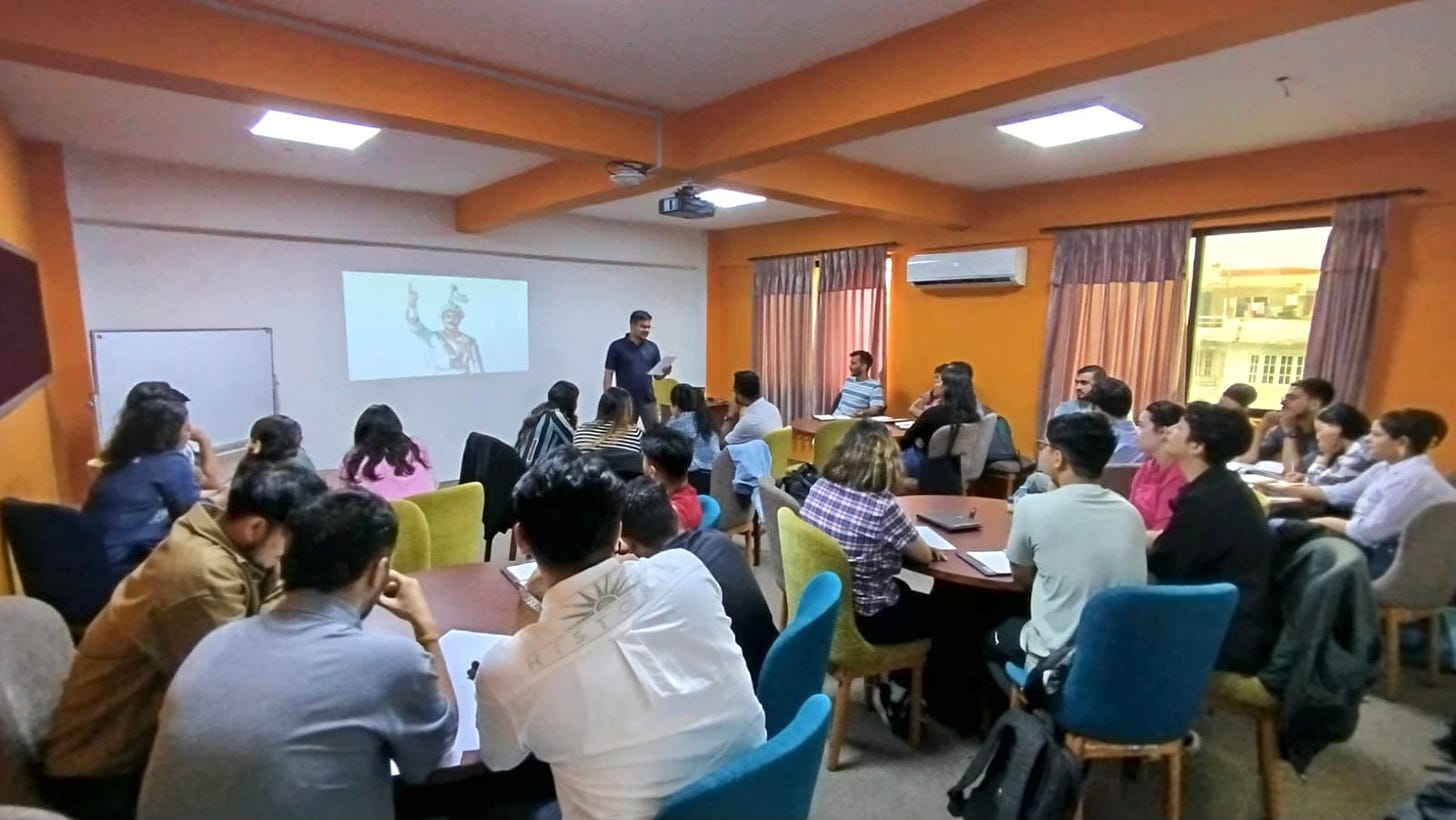There’s No One Right Way to Teach.
But there are also many WRONG ways to teach.
TLDR:
There’s no one right way to teach. BUT that doesn’t mean all methods are equal. And, some are just...WRONG. Pretending otherwise will simply hurt our students’ learning.
This post is for any thoughtful teacher who’s been to one too many workshops filled with glittery strategies but no clarity. And for the teacher who genuinely wants to do better, but feels buried under a dozen conflicting methods. Finally, this post is also for the school leader wondering why their Professional Development sessions inspire agreement but never lead to improvement.
In a recent teacher development session at a school, a teacher said something that stopped me in my tracks:
“There’s no one right way or wrong to teach. We have to use different teaching styles to match students’ learning styles.”
Another teacher agreed:
“Some students learn by reading, others by listening. Some by talking. Therefore we need to differentiate our lessons.”
On the surface, this sounds very Progressive. Inclusive. Reasonable.
But what if these ideas are based on a misunderstanding of how learning actually happens?
We love the idea of variety. It feels democratic, like we’re respecting every student’s unique way of learning.
But when we treat every teaching approach as equally valid, we stop asking the hard question: does it actually work?
And here’s the problem: Variety can be refreshing. But when variety becomes a shield for unexamined methods or feel-good approaches, learning suffers.
Alright, let me share two ideas, one that’s a half-truth, and one that’s a complete-truth.
1. HALF-TRUTH: There’s no one right way to teach.
Yes, context matters.
Different content, learning goals, student motivation, their prior knowledge. All of these factors influence a teacher’s instructional choices.
But from this half-truth, we’ve created a dangerous leap:
“Therefore, any teaching method is fine as long as students like it.”
That’s simply not true.
There are bad teaching methods.
Unstructured discovery for novices.
One way lecture with no checks for understanding.
Overloading working memory with flashy distractions.
Remember: Not all methods are equal. Some methods are always better than others. It’s much harder to be accidentally right, than it is to be accidentally wrong.
Some approaches like explicit instruction, testing, and retrieval-practice consistently outperform others across contexts.
The goal isn’t to settle for “no right way or wrong way of teaching”, but to avoid the worst and gravitate toward what’s the most effective for the task at hand.
2. COMPLETE-TRUTH: There are lots of wrong ways of teaching.
One terrible way of teaching comes to my mind instantly: teaching to match a student’s learning style.
Despite being debunked repeatedly, this idea persists for some reason.
There’s no evidence that supports this idea that matching instruction to students’ self-reported learning style improves learning outcomes.
What helps students isn’t whether material is presented in their preferred style, but whether it’s presented in a way that supports how memory and attention actually work.
That means:
Connecting new information to prior knowledge,
Reducing extraneous cognitive load,
Providing worked examples and feedback,
Giving students time to practice and reflect.
That’s the science. Not preferences. Not vibes.
Some other wrong ways of teaching:
Designing lesson plans by planning for activities first,
Thinking Bloom’s Taxonomy as a triangular framework with HOTs and LOTs, and ladders to go up and down (phew)
Assuming “teacher-talk” is inherently always bad and thus not teaching at all.
My call to action for teachers:
First,
Don’t say: There’s no right way or wrong way of teaching.
But ask: Under what condition, a particular way of teaching is more right than wrong?
Next,
Move beyond ideas of best practices and teaching hacks.
Focus more on how learning happens and less on how to teach. (Yes, you read it right.)
Because that’s where the real difference lies. Not in flashy ideas or techniques, but in a teacher’s pedagogical knowledge and judgment.
And because effective teaching isn’t a toolkit full of strategies and activities. It’s a craft built on deeper understanding of how learning happens.
Therefore, instead of saying, “There’s no right way or wrong way of teaching”, try asking:
What do I actually understand about how learning happens?
Why do I believe this particular method works in this context?
What evidence supports it?
Hope this helps us teachers think critically.



Great perspective. We have to think about how the brain works.
My favorite thing I’ve read so far this week. I’m so “in the weeds” on Metacognition that I hadn’t realized that educators still believe in learning styles. “It’s much harder to be accidentally right than it is to be accidentally wrong”, that applies to teaching, and life! Differentiation without applied UDL and SoTL knowledge is just randomness.